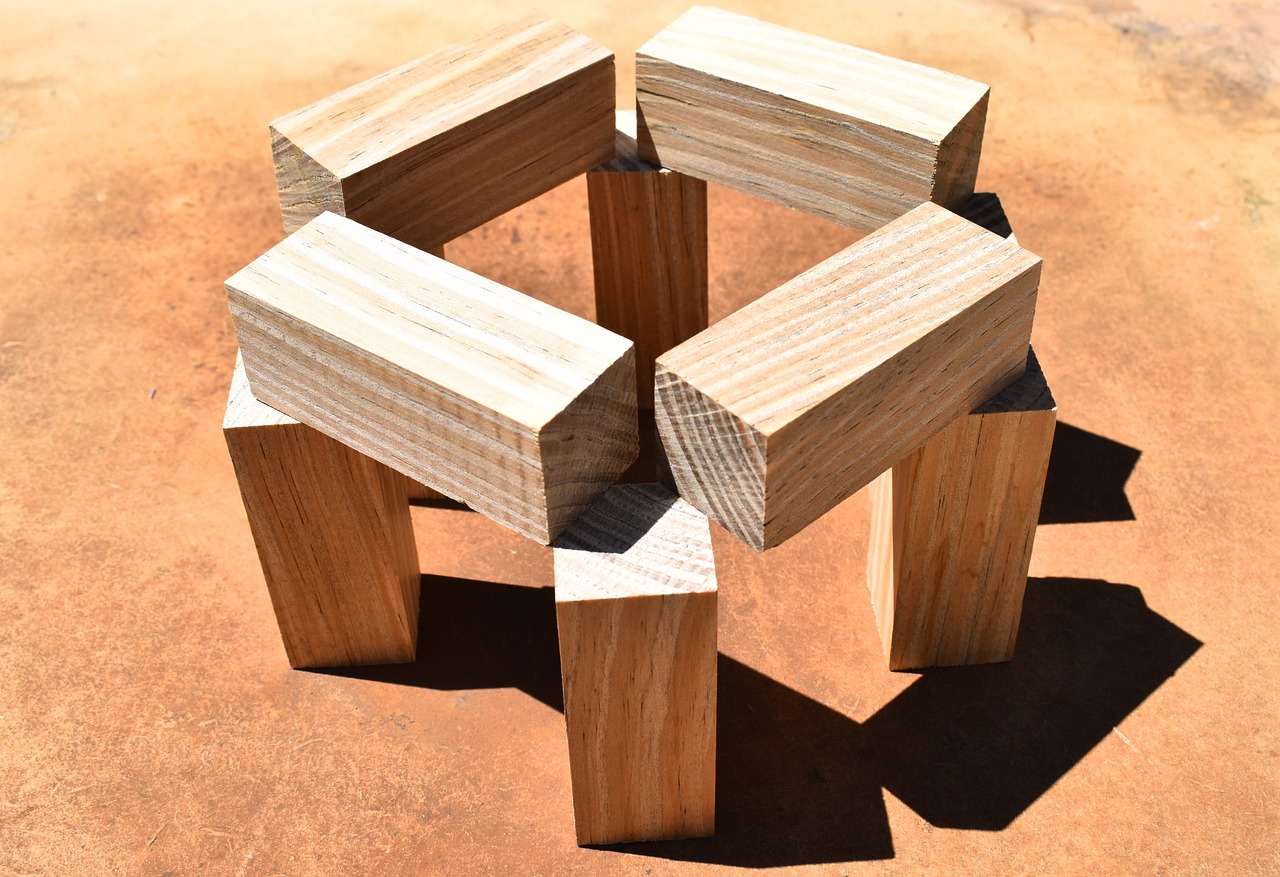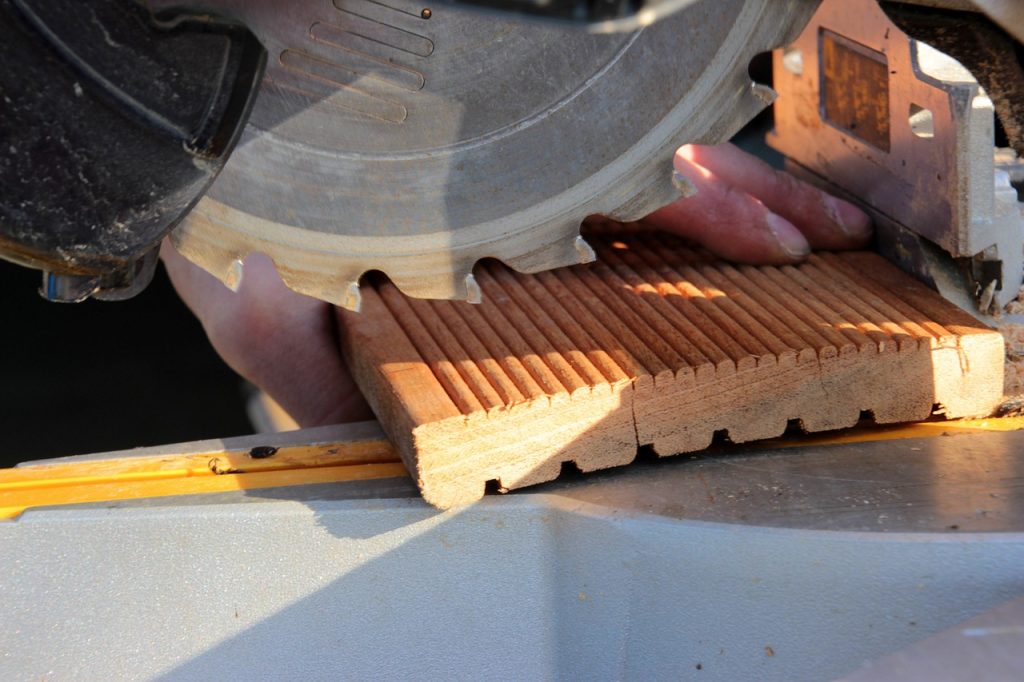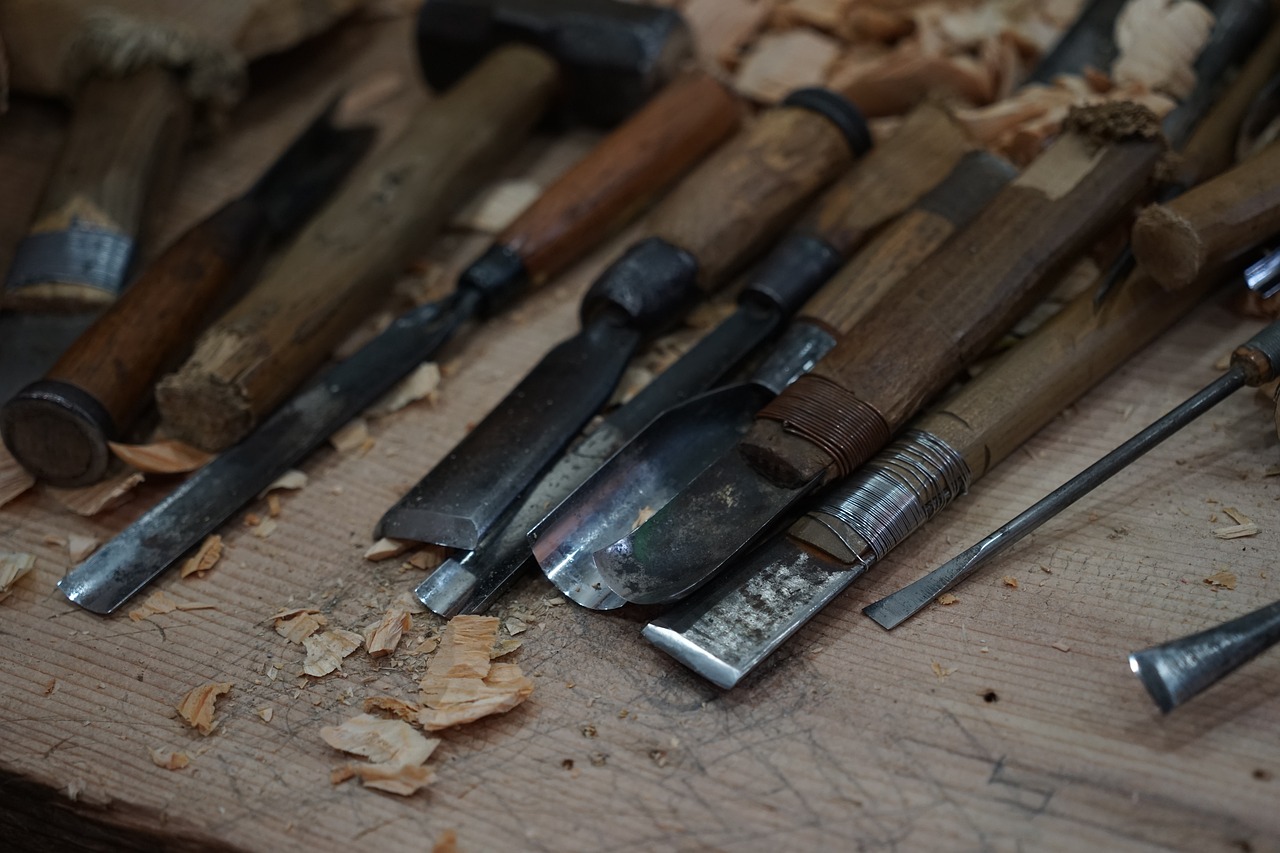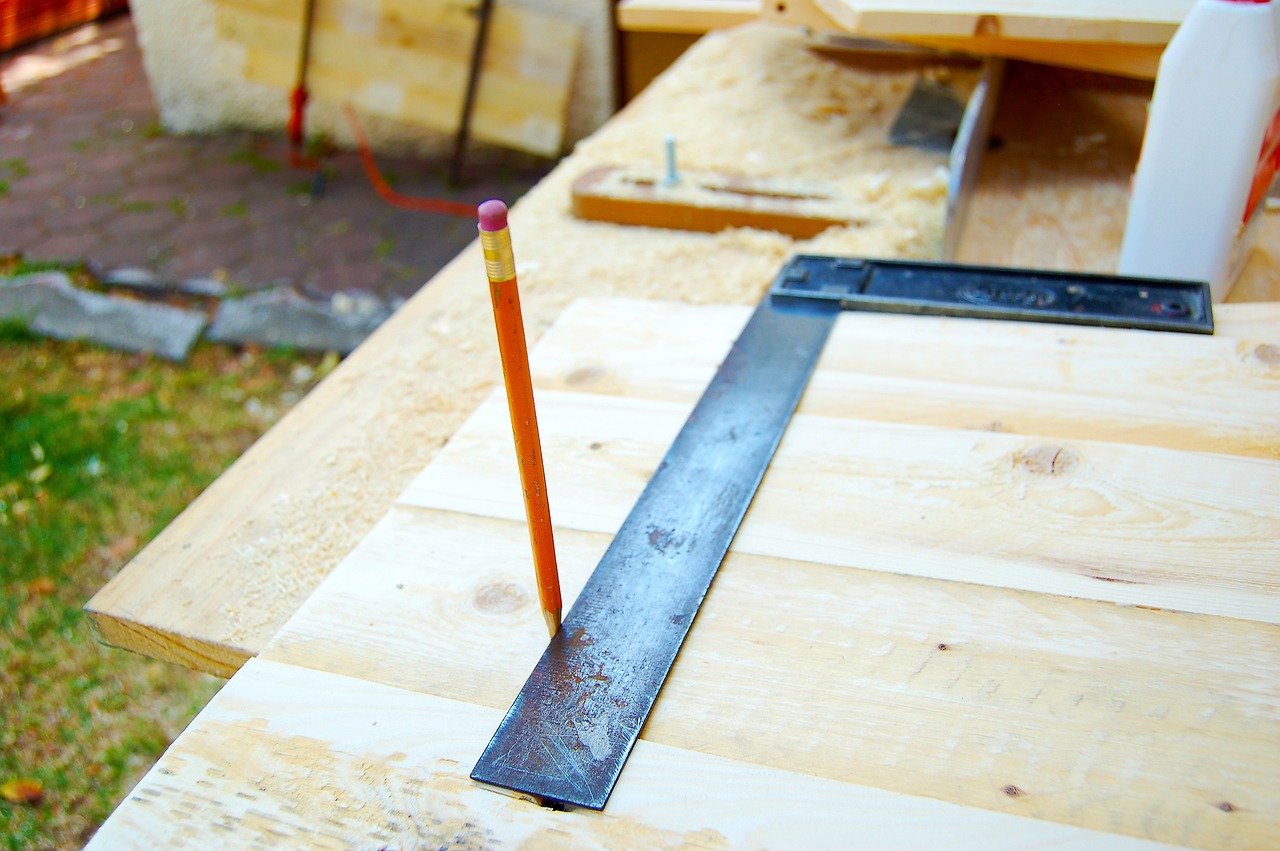Shiplap Framing
Shiplap framing highlights even sheets with grooves, making a particular line between each board. Known for its provincial appeal, shiplap is many times utilized in farmhouse and seaside style yet can likewise be painted for a cutting edge look. It’s adaptable and can be introduced upward or evenly to suit various styles.





